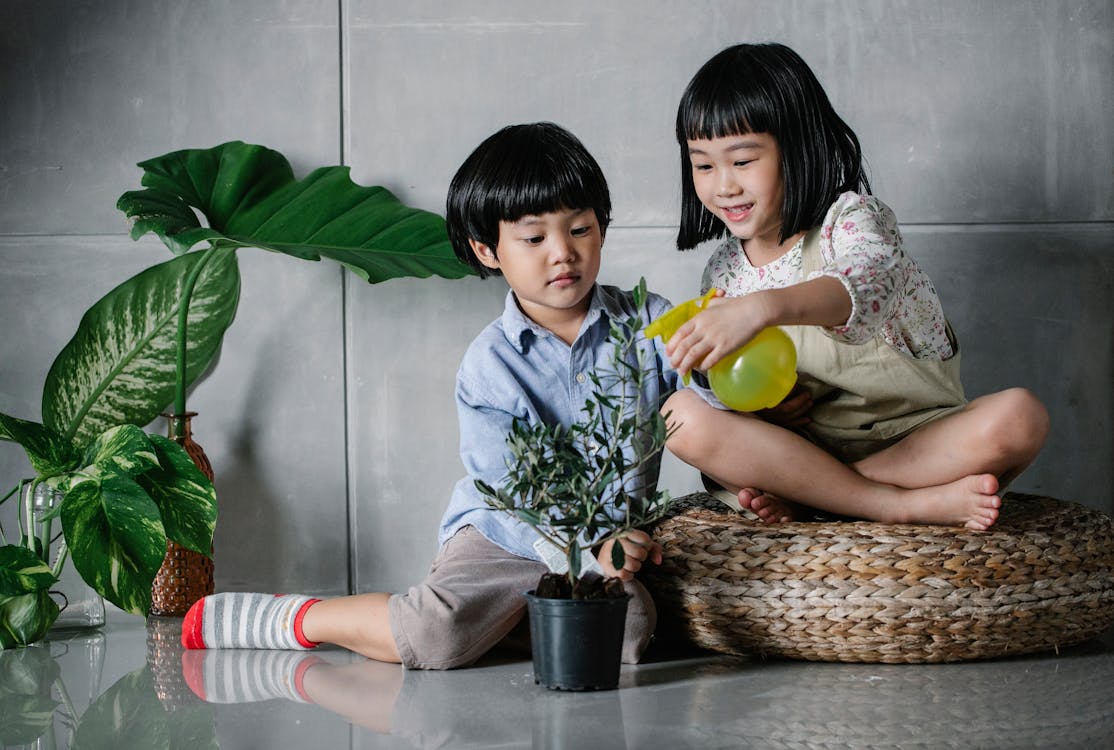As any parent knows, toys can quickly take over your home, transforming tidy living spaces into chaotic play zones. From action figures to building blocks, the sheer volume of toys can be overwhelming. However, with the right strategies, you can effectively organize kid’s toys and create a more manageable environment. This guide will provide you with practical tips and techniques for organizing your children’s toys, making cleanup easier and playtime more enjoyable.
Understanding the Importance of Toy Organization
Before diving into the how-to’s, it’s essential to understand why organizing toys is crucial. An organized toy space can:
- Promote Responsibility: Teaching children to put their toys away fosters a sense of responsibility and ownership over their belongings.
- Encourage Play: When toys are organized, children can easily find what they want to play with, leading to more engaged and creative playtime.
- Reduce Clutter: A tidy space can reduce stress for parents and create a more pleasant home environment.
- Enhance Safety: Keeping toys organized minimizes the risk of tripping hazards and makes it easier to keep small toys out of reach of younger siblings.
Step 1: Sort and Declutter
The first step in organizing kids’ toys is to sort through everything. This can be a time-consuming task, but it’s essential for effective organization. Here’s how to do it:
1. Gather All Toys
Collect all toys from various rooms and play areas. This includes toys from the living room, bedrooms, and playrooms. Having everything in one place will give you a clear picture of what you have.
2. Categorize Toys
Sort the toys into categories. Common categories include:
- Action Figures and Dolls
- Building Blocks and Construction Sets
- Arts and Crafts Supplies
- Outdoor Toys
- Board Games and Puzzles
This categorization will help you determine how much storage space you need for each type of toy.
3. Evaluate and Purge
Once sorted, evaluate each toy. Ask yourself the following questions:
- Does my child play with this toy regularly?
- Is it in good condition?
- Does it have all its pieces?
For toys that are rarely used, damaged, or missing parts, consider donating or recycling them. Involve your child in this process to teach them about giving and making choices.
Step 2: Choose the Right Storage Solutions
Now that you’ve sorted and decluttered, it’s time to choose the best storage solutions for your organized toy space. Here are some effective options:
1. Bins and Baskets
Clear plastic bins with lids are excellent for storing toys. They keep items contained and visible, making it easy for kids to find what they need. Label each bin with pictures or words to indicate what’s inside, helping children learn to put toys back in the right place.
2. Shelving Units
Open shelving units can display toys attractively while keeping them accessible. Use adjustable shelves to accommodate toys of various sizes. Consider using colorful bins or baskets on the shelves to add a fun touch.
3. Toy Chests
Toy chests can hold a large number of toys and can double as seating. Choose a chest with a safety hinge to prevent pinching little fingers. Keep in mind that toy chests may not encourage kids to sort their toys, so use them for less frequently played items.
4. Wall-Mounted Solutions
Utilizing vertical space can be a game changer. Wall-mounted shelves, pegboards, or hanging organizers can keep toys off the floor and create a visually appealing display.
5. Under-Bed Storage
Use under-bed storage bins to keep toys out of sight. This is especially useful for larger items or seasonal toys, keeping them accessible yet hidden.
Step 3: Implement a Toy Rotation System
One effective way to keep toy clutter under control is to implement a toy rotation system. This involves periodically swapping out toys to keep playtime fresh and exciting.
1. Select Toys for Rotation
Choose a selection of toys to keep out for active play and store the rest away. This can include a mix of different types of toys to ensure variety.
2. Store Away the Rest
Place the stored toys in bins or boxes, labeling them for easy identification. Rotate the toys every few weeks or months, introducing new toys to keep your child engaged.
3. Involve Your Child
Let your child help choose which toys to rotate. This not only makes them feel involved but also teaches them about organization and decision-making.
Step 4: Establish a Cleaning Routine
To maintain your organized toy space, establish a cleaning routine that encourages your children to participate.
1. Set a Schedule
Designate specific times for toy cleanup, such as before dinner or bedtime. Consistency helps children understand that tidying up is part of their daily routine.
2. Make it Fun
Turn cleanup into a game. Use a timer and challenge your kids to see how quickly they can put away their toys. You can also play their favorite music to make the task more enjoyable.
3. Reward System
Consider implementing a reward system for consistent cleanup. Small rewards, such as stickers or extra playtime, can motivate children to take responsibility for their toys.
Step 5: Teach Organization Skills
Teaching your children organization skills is a valuable life lesson that will benefit them as they grow. Here are some tips to instill these skills:
1. Lead by Example
Show your children how to organize their toys by doing it together. Demonstrate how to sort, categorize, and store items properly.
2. Encourage Independence
As children grow, encourage them to take ownership of their toy organization. Allow them to choose where to store their toys and how to categorize them.
3. Discuss the Importance of Organization
Talk to your children about why organization matters. Explain how it helps them find their toys, keeps their space tidy, and makes playtime more enjoyable.
Conclusion
Organizing kids’ toys can be a daunting task, but with the right strategies and tools, it can become a manageable and rewarding experience. By sorting and decluttering, choosing appropriate storage solutions, implementing a toy rotation system, establishing a cleaning routine, and teaching organization skills, you can create a tidy and inviting play space for your children. The benefits of organizing kids’ toys extend beyond just a clean home; they promote responsibility, creativity, and a sense of ownership. So, take the time to organize kid’s toys, and enjoy the positive impact it will have on your family’s daily life. With these tips, you’ll be well on your way to transforming your home into a clutter-free haven where your children can thrive and play freely.




